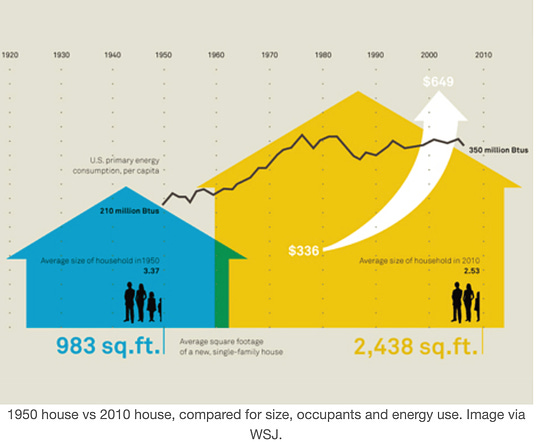Lincoln must be turning over in his grave
In the last few weeks three billboards have appeared in Spokane sponsored by the SpokaneGOP. On the SpokaneGOP website these billboards are deceitfully referred to as part of a “Clarification Campaign”. The campaign makes declarations about a Republican Party, but those declarations apply to a Republican Party that existed only until the mid-20th century, not the Republican Party of today (click the underlined declaration to review the proposed basis for the claim):
THE REPUBLICAN PARTY WAS FORMED TO END SLAVERY.
THE FIRST BLACK CONGRESSMAN WAS A REPUBLICAN.¹
REPUBLICANS LED ON THE WOMAN’S RIGHT TO VOTE. (This is a dubious claim. The article cited details the efforts of one Republican woman and ignores the complicated, many-decades-long, bipartisan history of the movement.
Parties change, not always for the better. The Republican Party was founded in 1854 in Ripon, Wisconsin, for the express purpose of opposing the spread of slavery into the western territories. Abraham Lincoln, previously an anti-slavery Whig, was a founding member of the Republican Party. The Republicans were the Party of the industrial north. Democrats, the Party of Andrew Jackson, were the Party of the slaveholding more agricultural south.
Between 1864 and 1870, in the aftermath of the Civil War, the Thirteenth, Fourteenth, and Fifteenth amendments to the United States Constitution, amendments collectively known as The Reconstruction Amendments, were passed. The Reconstruction Amendments formally abolished slavery and assured black people, at least on paper, of the right to vote and equal protection under the law. All three amendments were backed by Republicans, then the party of the victorious North, and bitterly contested by Democrats, then the party of the defeated South, still grounded in the ideology of white supremacy. The late 1860s was a period in which the union was being “reconstructed”—a process logically dominated by the victors. The Fourteenth Amendment was bitterly opposed by the Democrats of southern state legislatures, but were forced to ratify the 14th in order to for their delegations to be readmitted to Congress.
Reconstruction—and, arguably, Republican support of voting rights and other civil rights for southern blacks—ended in the Compromise of 1877. According to that unwritten but widely understood compromise among members of the U.S. House of Representatives, Republican Rutherford B. Hayes was seated as President of the United States following the most contested election in United States history. (Hayes lost the popular vote but triumphed in an Electoral College vote dispute settled by the House.) In exchange for the Electoral College votes awarded him by the House, Hayes agreed to withdraw federal troops from the South, troops that remained in the south in order to enforce the Reconstruction Amendments.
Between the Hayes’ presidency beginning in 1877 and the 1960s southern states adopted rules that effectively robbed people of color of the right to vote—as well as robbing them of equal protection under the law. Southern Democrats established the “Solid South” voting bloc in the U.S. Congress. During those roughly 80 years the Republican Party, still the party of the north and once the party of anti-slavery and Reconstruction, abdicated its founding principles by making little effort to support the rights of those over whose freedom the Civil War was fought and whom the Reconstruction Amendments were meant to bring into the body politic.
It took the Presidency of Lyndon B. Johnson, a dissident southern Democrat, to crack this evil complacency. Although his presidency was severely marred by the Vietnam War, Johnson’s support of the Civil Rights Act of 1964, the Voting Rights Act of 1965, and the Civil Rights Act of 1968 marked a huge turning point from the conspiracy of complacency on civil rights that had existed since 1877, a complacency shared by both Democrats and Republicans, a complacency that ignored the reason the Civil War fought.
Political tectonic plates began to move after Johnson’s policy shift. The Republican Party, sensing opportunity, adopted the “Southern Strategy”, an effort to court racist southern Democrats peeved over federal civil rights legislation that threatened to upend the white power policies southern states had built up since the end of Reconstruction. The result, played out over decades, has been a one hundred and eighty degree turn of the Republican Party from the anti-slavery Party to a Party whose avowed leader openly courts the support of white supremacists with statements like “There are good people on both sides” and “Stand down and stand by”.
Tellingly, one of the most notorious southern racists to serve in the modern day U.S. Senate, Senator Jesse Helms of North Carolina, switched allegiance from the Democratic to the Republican Party in 1970, just in time to follow the completion of the Republican about-face from its founding based on anti-slavery to it’s modern dependence on racists and white supremacists.
On the issue of race, racism, and white supremacy the Democratic and Republican Parties have switched coats. Tellingly, Donald Trump hung a picture of his idol, Andrew Jackson, in the White House shortly after his inauguration. Andrew Jackson, a notorious slave master, is also infamous for instigating the forced relocation and ethnic cleansing of 60,000 native Americans.
Trump, the leader of modern Republicans, nodding to Jackson should make Abraham Lincoln, the founder of the historical Republican Party, turn over in his grave.
The modern Republican Party’s claim as the defender of civil rights while it harbors factions that proudly display confederate flags is a display of willful ignorance and purposeful distortion of history. Shame on them.
Keep to the high ground,
Jerry
1 The first Black U.S. Senator, Hiram Rhodes Revels, was elected by the Mississippi legislature to represent Mississippi in the Senate in 1870, a feat made possible by Reconstruction, a policy abandoned by the Republican Party in 1877. (see discussion above). Over the 1870s 15 more Black men took their seats in the House and Senate. Between 1901 and 1973 not a single Black congressperson served from the eleven original Confederate states.
